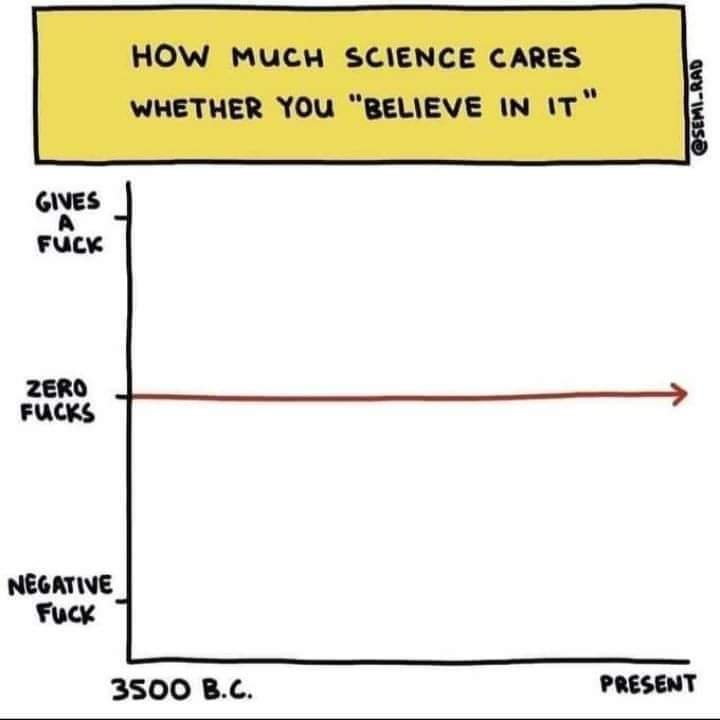- Μηνύματα
- 32.282
- Reaction score
- 93.036
Παράλληλες συζητήσεις κάνουμε μου φαίνεται...Diffuser σε non-diffuse environment, φανταστική λύση σε φανταστικό πρόβλημα..
Το πρώτο θέμα είναι αν χρειαζόμαστε διάχυση σε multichannel. Συμφωνούμε πως το scattering είναι προτιμητέο, αλλά και επειδή χρειαζόμαστε καλή αντίληψη της κατευθυντικότητας και όχι πολλές καραμπόλες.
Στο δικάναλο το envelopment έρχεται απο τις καραμπόλες. Στο multichannel απο τα πολλά ηχεία που μας βάζουν σε direct sound field.
Όσον αφορά τους χρόνους ανήχησης:
Το REW λαμβάνει υπόψιν του αυτά που λες για τον υπολογισμό του RT60. Και έχει διαφορετικό setting για οικιακούς χώρους και μεγάλους χώρους.
https://www.roomeqwizard.com/REWhelp.pdfRT60 Calculation
The RT60 values are estimated by calculating the slope of the Schroeder curve, which is a plot of the energy (squared values) of the impulse response that is backwards integrated (summed starting from the end and moving backwards). The vertical axis of the plot is in dB. The different RT60 measures (e.g. T20, T30, REW's Topt) are derived by calculating the slope of a best fit line to the Schroeder curve over different ranges (detailed below). In a diffuse field the curve with the dB vertical scale is quite linear until it reaches the noise floor.
The start point for the classical T20 and T30 measures of RT60 is where the Schroeder curve has dropped 5 dB below its peak. That works well in the large spaces for which RT60 is most applicable, particularly if the source used for the measurement is omnidirectional. In domestically sized rooms using normal, directional loudspeakers as sources the initial drop of the Schroeder curve is quite sharp (the Early Decay Time is quite short) meaning the -5 dB point lies within the early decay region rather than the diffuse field region. That in turn means the T20 and T30 figures underestimate the RT60 time. Where the EDT is much shorter than the T30 RT60 figure REW's Topt RT60 calculation uses a start point based on the intersection of the EDT and T30 regression lines, to determine a point that lies within the diffuse field region. It then tests each possible end point in 1 dB steps and picks the one that gives a regression line with the best linear fit. That produces a more reliable RT60 figure.
The results are presented within octave or 1/3 octave bands, providing a view of how the rate at which sound decays changes with frequency. The lowest centre frequency for the RT60 plot is 50 Hz at 1/3 octave and 63 Hz at 1 octave, per ISO3382. For domestic listening rooms and recording studios with volumes of less than 50 cubic metres (1,800 cubic feet) the recommended RT60 value is 0.3 s. For larger rooms, up to 200 cubic metres (7,000 cubic feet) the recommendation is 0.4 to 0.6 s. In both cases the value should be fairly uniform across the frequency range, though it will typically tend to increase at lower frequencies.
Important: If you are making RT60 measurements in a large space (bigger than a domestic room) change the IR truncation setting in the Analysis preferences to make sure enough of the IR is retained for the decay to reach the noise floor. It may also be necessary to use a longer sweep (with a 256k sweep there are about 6 seconds of IR data after the peak before any truncation is applied).
Δεν είναι απλή μέτρηση RT60 λοιπόν





